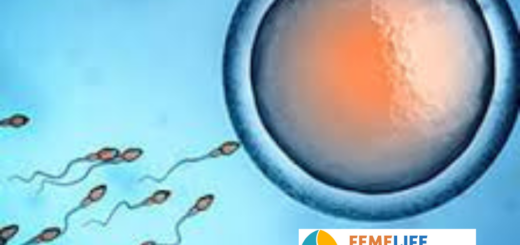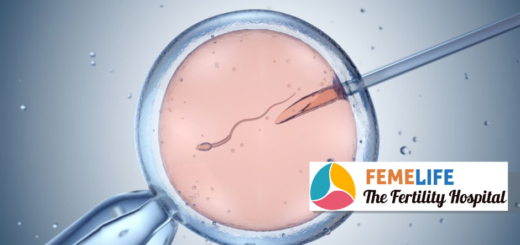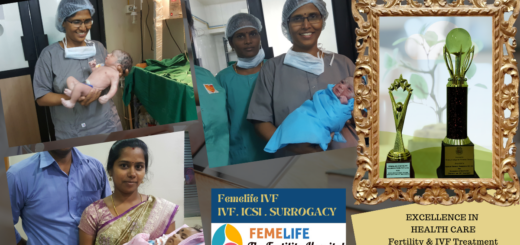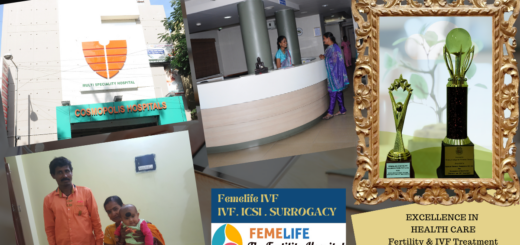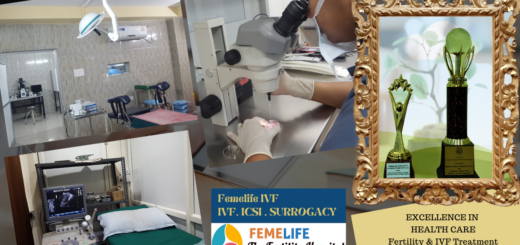Endometriosis – Stages and Causes
Endometriosis –
Are You Suffering From severe endometriosis?
Endometriosis is a common disorder of women of reproductive age. The most frequent clinical presentation of endometriosis is painful menstruation.
What are the common symptoms of endometriosis?
Endometriosis commonly present with painful menstruation, pelvic pain, pain during intercourse, infertility, and pelvic mass.
How to know the severity of endometriosis?
The correlation between the symptoms of endometriosis and the severity of disease is poor. Currently available laboratory markers are of limited value. At present, the best marker, serum CA-125, is usually elevated only in advanced stages and therefore not suitable for routine screening. Severity of this disease is difficult to determine from its symptoms. Usually symptoms are expressed according to area of involvement not depth of disease.
Who are affected by this disease?
Endometriosis usually starts in the ovary, it also can happen in the abdomen cavity affecting fallopian tubes, uterus and other pelvic organs like bladder and bowel. It affects women of reproductive age. Usually starts at around the age of 15 to 20 years and slowly spreads destroying nearby organs. It can subside spontaneously at menopause.
What is the correlation of CA 125 to endometriosis?
Plasma concentrations of CA-125 are increased in women with cystic ovarian and deep disease and plasma concentrations are higher during menses than during the follicular and luteal phases of the cycle.
How ultrasonography and MRI are useful in Endometriosis?
Transvaginal ultrasound and magnetic resonance imaging are often helpful, particularly in detection of endometriotic cysts. Recently, trans rectal ultrasound and magnetic resonance imaging were shown to be valuable in detection of deep infiltrating lesions, especially affecting the rectum.
What is the role of Laparoscopy in endometriosis?
Direct assessment of endometriotic foci at laparoscopy may be viewed as a “gold standard” for identifying endometriosis. Laparoscopic removal of focus significantly reduces pain and improves quality of life. Early diagnosis, surgical confirmation and therapy of endometriosis by laparoscopic techniques is recommended as soon as symptoms occur, even in adolescent girls.
Can a clinical test detect deep disease?
A clinical examination during menstruation is proposed as a simple and reliable test to diagnose deep disease. It also helps to decide which women may require bowel surgery. In >60% of cases deep lesions are “unexpected” findings at laparoscopy, these women are the candidates for bowel preparation before laparoscopy.
What is needed for definite diagnosis of endometriosis?
Diagnosis of endometriosis requires a careful clinical examination in combination with judicious use and critical interpretation of laboratory tests, imaging techniques, and, in most instances, surgical evaluation combined with biopsy results of excised lesions.
Which group of patients present with less severe symptoms?
Endometriosis, characterised by the ectopic localisation Of the endometrium, can be present as superficial implants, deep peritoneal lesions, and ovarian endometriomas, with or without associated pelvic adhesions. The frequency of dysmenorrhea and the frequency and severity of dyspareunia is less in patients when the pathology is located only on the ovaries than in patients with lesions at other sites.
What is Cystic Ovarian Endometriosis?
In some women, more severe forms present as either cystic ovarian or deep infiltrating disease. Cystic ovarian endometriosis always has been recognised as a severe form because of its association with pelvic adhesions, infertility, and pelvic pain. Clinical examination during menstruation can diagnose reliably deep endometriosis, cystic ovarian endometriosis, or cul-de-sac adhesions. This test, preferentially combined with a follicular phase CA-125 assay, should be used to decide whether a preparation for bowel surgery should be given.
How CA 125 helps in pre-treatment ?
The presence of pelvic nodularity during menstruation or a CA125 concentration higher than 35 U/mL can be used to decide in which women bowel pre-treatment should be given with a sensitivity of 87%, whereas <13%, will get an unnecessary bowel pre-treatment.
How deep disease is treated?
Severe and deep disease may lead to sharp pain, the treatment of which may require complete surgical resection of lesions. Infiltration of bowel is a difficult therapeutic problem. Preoperative diagnosis is difficult and digestive infiltration may remain unknown before surgery. This may cause damage to the gut with incomplete resection during surgery and sometimes may require repeated surgery. Both magnetic resonance imaging (MRI) and endoscopic ultrasonography are able to detect rectal infiltration but their usefulness in the preoperative staging is still not evaluated.
Can Endometriosis affect fertility?
Endometriosis is a chronic, progressive disease and may lead to severe destructions of reproductive organs and infertility in advanced stages.
Approximately 30% to 50% of women with this diagnosis also struggle with infertility. Twenty five percent to 50% of women diagnosed with infertility also have endometriosis, but the disease may not be severe enough to be the primary cause of infertility. White women have been reported to be more likely than African American women to have endometriosis. In addition, risk factors for endometriosis include below average body mass index, smoking, and alcohol use.
How ovulation is affected?
After ovulation, peritoneal fluid contains concentrations of progesterone and of 17 beta-estradiol that are 5 to 20 times higher than plasma concentrations in women with ovulatory cycles but not in women with unruptured luteinized follicles. Since viable endometrial cells were found in the peritoneal fluid of over 50% of women, both with and without disease, a new hypothesis is presented about the cause of pelvic endometriosis and the association with infertility: it could be the consequence of infertility caused by the unruptured luteinized follicle.
What happens in Silent disease?
Many times, a woman who has difficulty conceiving will have a case of endometriosis that does not come with severe symptoms. This is known as silent endometriosis. These silent sufferers eagerly crowd into the waiting rooms of in vitro fertilisation (IVF) clinics and reproductive specialists with the hope of conceiving. However, these women may have deep disease, and the in vitro attempts they take may fail.
How endometriosis can lead to infertility in a woman and how it is treated?
Infertility could be due to several abnormalities like tubal dysfunction, impaired ovarian reserve, worsening egg quality, defect in implantation and decreased sperm motility inside the female reproductive system. Infertility at the earlier stages can be treated by simpler treatment like ovulation induction and IUI. However, at advanced stages it requires IVF / ICSI as the disease spreads rapidly and destroys the ovaries. At later stages, usually the women are completely depleted of their eggs and have to go through egg donation programme.
What are the precautions for women trying to conceive ?
If you are experiencing severe pain during cycles it may be due to endometriosis, you must consult local gynaecologist. Diagnosis is usually done with pelvic ultrasound which may show chocolate cysts in the ovaries. It is always better to undergo a laparoscopy to check patency of tubes at this stage . If you are trying to conceive then it is a better option. If you are diagnosed as mild to moderate case you should regularly follow up with AMH levels. This can indicate extent of destruction of ovaries. Severe disease needs immediate attention for fertility preservation, you may need IVF at this stage for optimum results.
www.femelife.com



